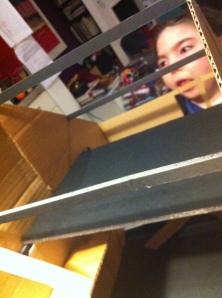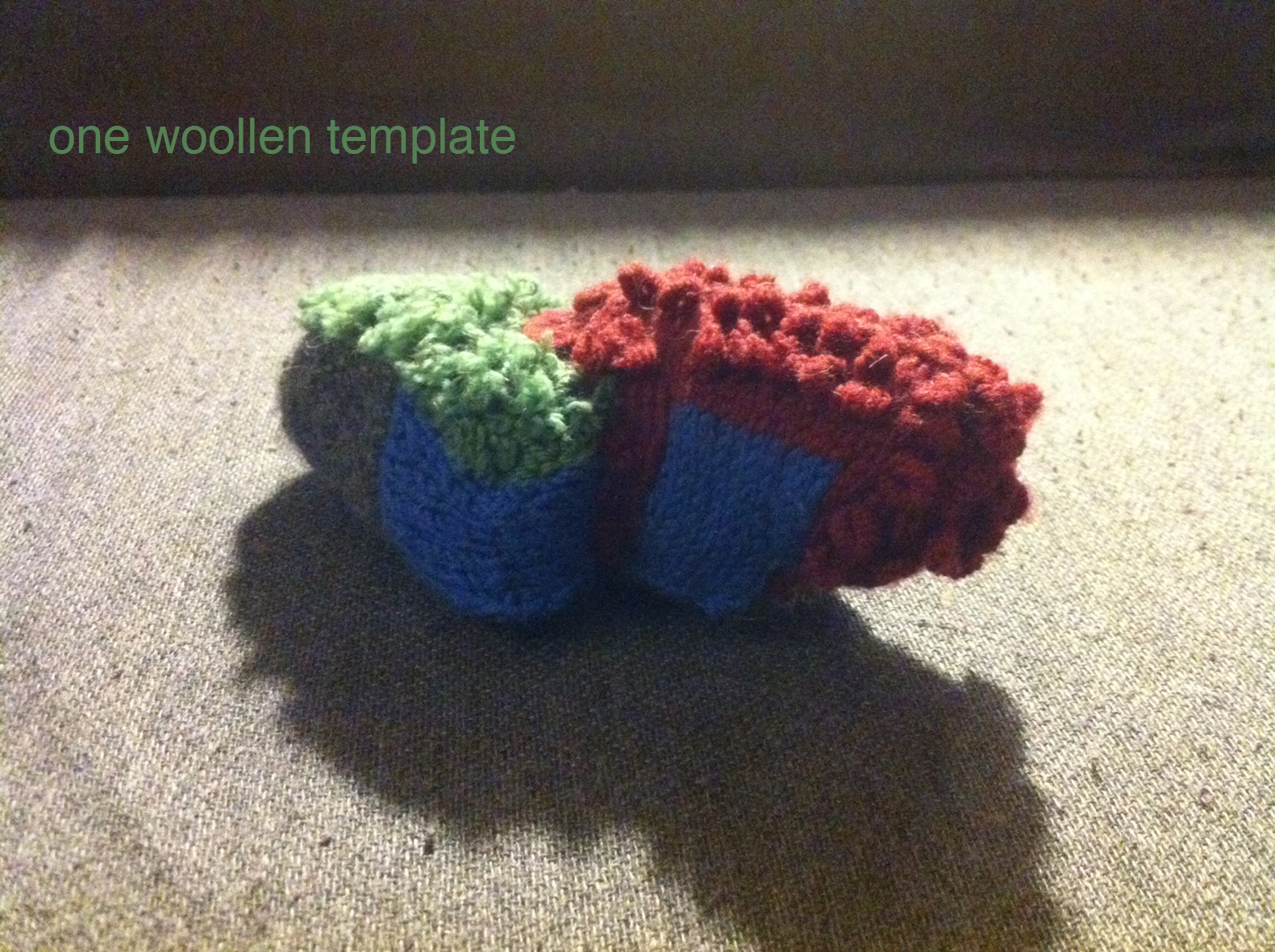The principle of the ramp house was to design and build a family home for a little girl who is a wheelchair user, where the whole house enables her to lead a barrier free included life. We are often confronted with the physical barriers that the built environment presents; in our own home we were able to design a fully inclusive place; using a ramp to access all levels, provides an equality of space to us all. We have designed spaces along the ramp, connecting both horizontally and vertically, so that the experience of the house changes as it unfolds.
The difference that the ramp makes is in how the spaces are experienced; this is both linear and sectional, and the opportunities to look back or forward into other spaces. The ramp contributes both width and height to each of the different pausing places along the way. As we inhabit the house, we can see how this provides variation, complexity, and flexibility in the everyday use of the house, how many spaces can be used concurrently and how it reaches its potential when it is inhabited: movement around it, by foot or on wheels brings the experience to life.
For us as a family, the design of this house has made a difference to our everyday life: for a child who cannot move around independently, the connectivity of the spaces becomes all the more important. If Greta is in the living room, there are six different spaces that we can be in and move between, and she is still able to see and hear us, and communicate with us. Because of the articulation of the different spaces within the open plan, there are many opportunities for privacy and seclusion whilst still being part of the life of the house.
It was important that our home should be a place belonging to the children as well as to us; to ensure this we included them in the design process; to enable this process we worked mainly with models helping the children to understand how spaces might feel and how they might connect.
It has been crucial to us that we remain in the centre of our community where Greta was born; building this house here has enabled her to remain a loved part of Portobello. Our accessible family home allows her friends to come and play in a built environment designed to enable her to play just like any other eight year old. The wider impact of an inclusive house like this, is that people who come to visit us experience a different way of moving around a house, and understand that accessibility does not need to be about constrictions, but can be a delight.




































